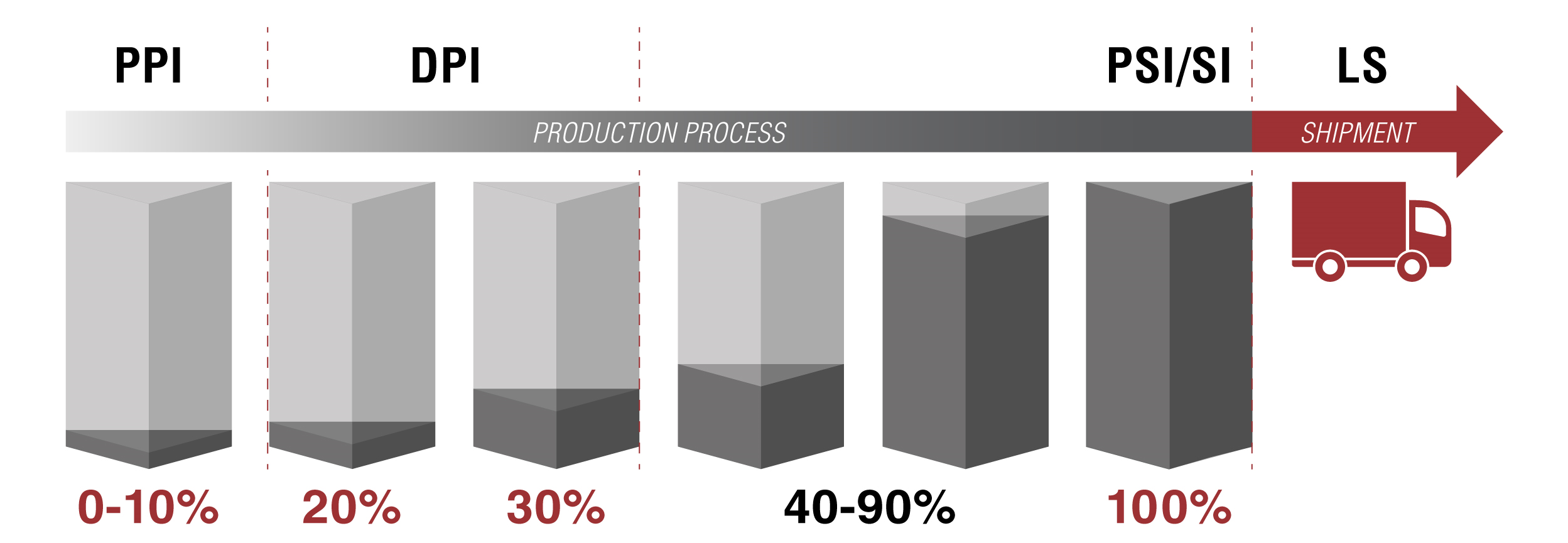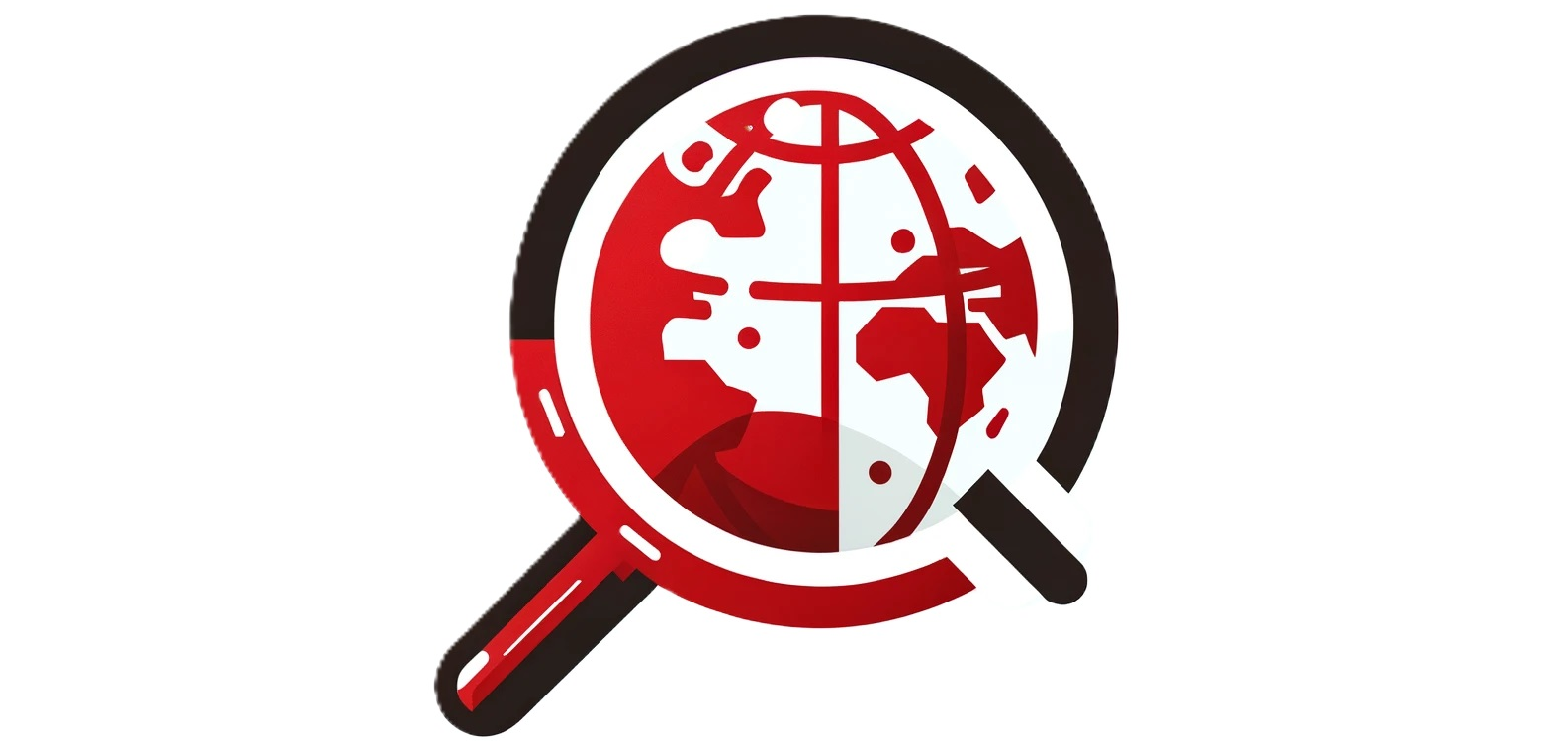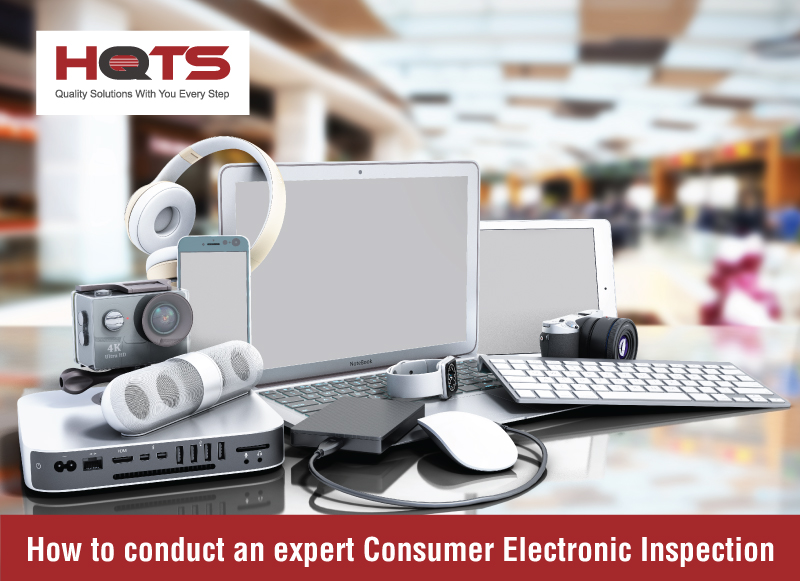Electronic consumer products are becoming a highly sought-after product in our ever-modernizing world. The rapid development and growth of these goods can change almost daily. Because of this, regulations such as RoHS and Reach have been created to heavily monitor the standard and safety of goods during the import/export process.
This article aims to clarify electronic consumer products and what to be aware of when conducting inspections to a high standard.
Electronic Consumer products market size
Electronic goods cover a wide area of worldwide exports covering a total of US $783.6 billion in 2020 with predictions to grow by up to 49.9%. With this in mind, consumer goods are increasing in popularity due to the nature of the world’s hunger for technological goods.
The biggest exporter of these goods was China with $12.1B, followed by Germany with $2.4B and then Malaysia with $1.84B. As shown here, China is the largest exporter of these goods by far, holding 49.2% of the world total.
The information above shows that electronic consumer goods are becoming an ever more popular and profitable route for organizations to focus on developing infrastructure to accommodate and begin reaping benefits; however, to do so, organizations must be aware of the requirements needed to adhere to import/export regulations such as inspections.
Types of inspections for electronic consumer products
During the movement of goods (including electronic consumer goods), several inspections are made to ensure that the products comply with the regulations put in place by the local governing bodies. However, inspections can usually be broken down into four stages of the supply chain process, pre-production inspections, pre-shipment inspections, during shipment, and finally, container inspections.

Pre-Production Inspections (PPI)
As the name of this type of inspection suggests, pre-production inspections are carried out before production begins to assess the quality and quantity of raw materials and components. This type of inspection is great for when you begin a new relationship with a supplier. You can ensure they are using the right type of materials for your production and implementing the right processes to deliver the product you expect.
A pre-shipment inspection is performed once goods have been 100% completed, packed, and ready to be shipped to the designated country. The purpose of this inspection is to ensure that goods that the manufacturer has prepared are up to the agreed standard set out by the buyer’s purchase order.
A quality control inspector will select a random sample of the finished goods during the inspection, according to the international statistical sampling procedure known as the MIL-STD-105E or ISO2859-1. Once goods have been deemed in line with regulations and international standards, a certificate is issued, and products may be shipped without issue.
During Production Inspection (DPI) or otherwise known as DUPRO, is a quality control inspection conducted while production is underway and is especially good for products that are in continuous production. This allows for goods to ensure they are up to regulatory standards during the production process and quality is being upheld. This information is given about the efficiency of the production line to allow for optimization of effort and a reduction in costs.
Once goods have begun shipment, container inspections, or Container loading/loading supervision (LS), the purpose of this is to ensure that the products are loaded correctly and safely, Inspections will be brought onto the site to supervise the process and give guidance on the correct procedure.
Once goods have been loaded, shipped, and have arrived and are being unloaded, an inspector will then evaluate the condition of the shipping container, verify all the product information, quantities, and packaging comply with the regulations set out by the country in question.
These inspections have a yield of benefits for electrical goods as they are heavily regulated and require high standards to be exported. Without keen inspections, standards may slip and, in the worst-case scenario, fail to comply and be unable to be shipped, causing significant delays and costs to your supply chain.
What are the Main Electronic Consumer Products Regulations?
When dealing with electronic consumer goods, two significant regulations are commonly followed, RoHS and REACH.
What is RoHS
RoHS stands for the Restriction of Certain Hazardous Substances in Electrical and Electronic Equipment. Product-level compliance is based on the European Union’s Directive 2002/95/EC. Products compliant with this directive do not exceed the allowable amounts of lead, mercury, cadmium, hexavalent chromium, polybrominated biphenyls, and polybrominated diphenyl ethers.
The RoHS directive applies to manufacturers, authorized representatives, importers, and distributors of products, including large household appliances, small household appliances, computing and communications equipment, consumer electronics, lighting, power tools, toys, and sports equipment.
What is REACH
The EU brought REACH into force in June 2007 (EC 1907/2006), and it aims to protect human health and the environment through better and earlier identification of the properties of chemical substances. This is achieved in four processes – registration, evaluation, authorization, and restriction of chemicals. It also promotes alternative methods for the hazard assessment of substances to reduce the number of tests on animals.
REACH ensures companies comply with the regulation, and they must identify and manage the risks linked to the substances they manufacture and market in the EU. They must demonstrate how the substance can be used safely and communicate the risk management measures to the users.
What is the difference between RoHS & REACH
RoHS and REACH can often be confused as they cover similar areas with crossover in regulation. To assist with this, we have provided a chart that covers the main differences between the two below:
Both of these regulations have significant implications for Electronic consumer goods as several chemicals and materials are used within the manufacturing process. Because of this, a robust understanding is needed of them both to ensure your interests are up to standard. This testing is an essential part of the supply chain process to allow for goods to pass and comply with the above regulations.
Electronics Consumer goods Inspection Checklist
When conducting inspections on electronic consumer goods, certain factors must be adhered to to ensure the correct information is conducted. This is given in the form of an inspection report (as seen above), which covers several factors of the goods such as:
- Essential information about the goods in shipment such as quality, workmanship, and damage to the goods in transport.
- Giving a clear indication that the goods have either passed or failed each of the requirements laid out by the regulatory bodies.
- Specifications about the products such as size, weight, and tests performed on the products.
- Many images of every section of the goods, including internals, packaging, shipment container, etc.).
This information allows organizations to understand if the goods are up to the specifications laid out before manufacturing begins. It would know if they failed to meet regulations in any parts of the process to be amended.
The Benefits of Electronics Inspections
There are several reasons why electronic inspections can benefit your organization’s supply chain. Some of these include:
It gives clarity to your supply chain
Due to the large-scale nature of supply chains, things can be expected to be missed in terms of quality or issues with manufacturing. This is why inspections can be valuable to ensure that potential problems can be found and resolved within an adequate time frame.
Streamlines your processes
Efficiency is an essential aspect of any business. Because of this, supply chains must always look for ways to improve and streamline their processes. Inspections assist with this by finding out where the issues with the products lay so preventative measures can be put in place.
Assists in complying with regulations
Implementing inspectors or 3rd party inspection agencies can be a cost-effective way to keep on top of regulations that have been put in place for electronic goods (such as REACH & RoHS). As these regulations constantly change and flow, regular inspections allow for an up-to-date audit of your products and if they comply.
In conclusion, electronic inspections can be a valuable weapon in combating potential issues within your organization’s supply chain, giving a clear indication of steps needed to solve these issues and allowing for the optimization and streamlining of manufacturing processes.
AQM BD has over 25 years of experience industry-leading quality control, With a range of inspection and testing services, including electronics testing. Providing rigorous testing and inspections from highly trained professionals to ensure shipments are safe and up-to-date with the latest regulations. To learn more about this, contact us today.





